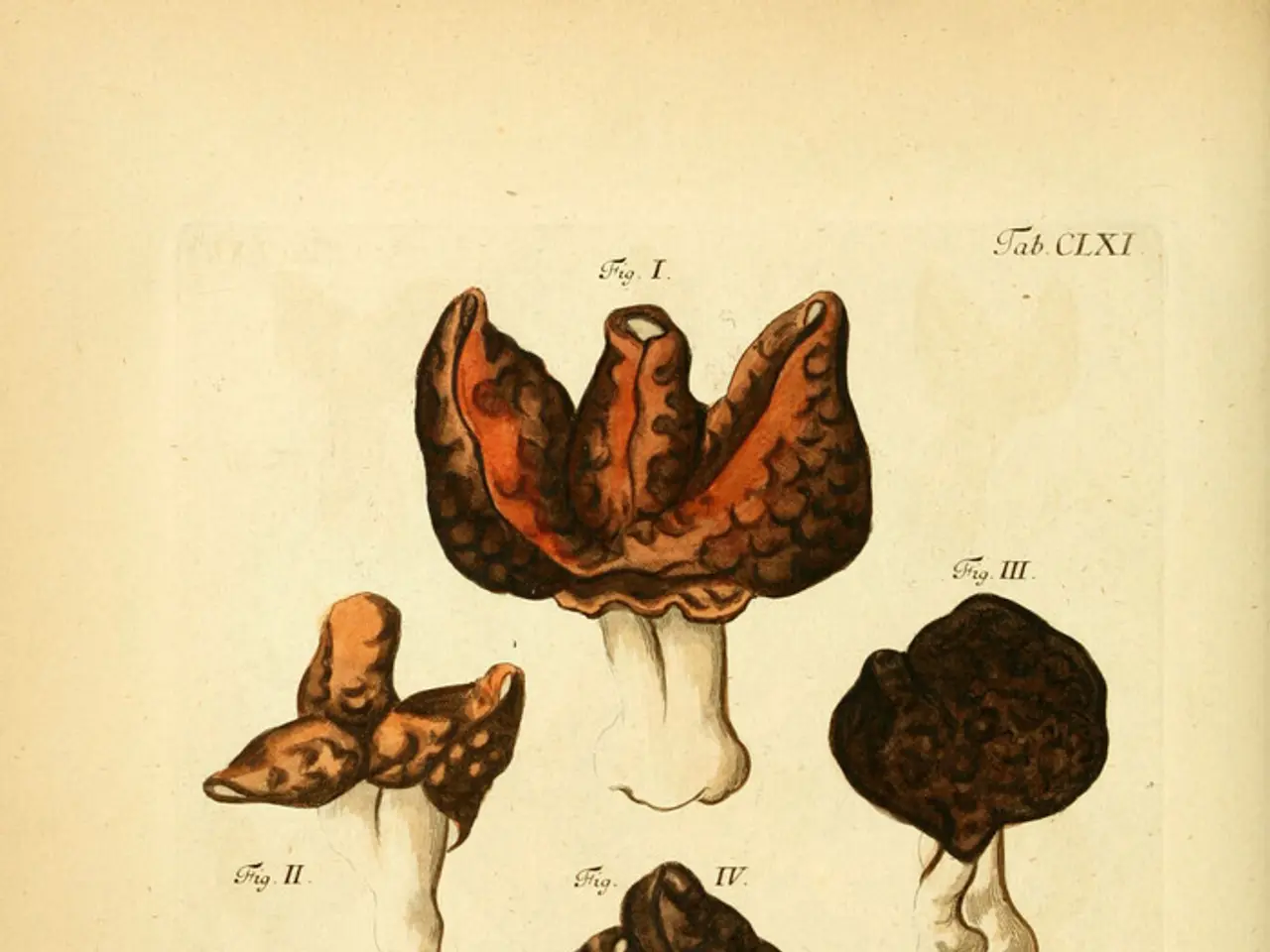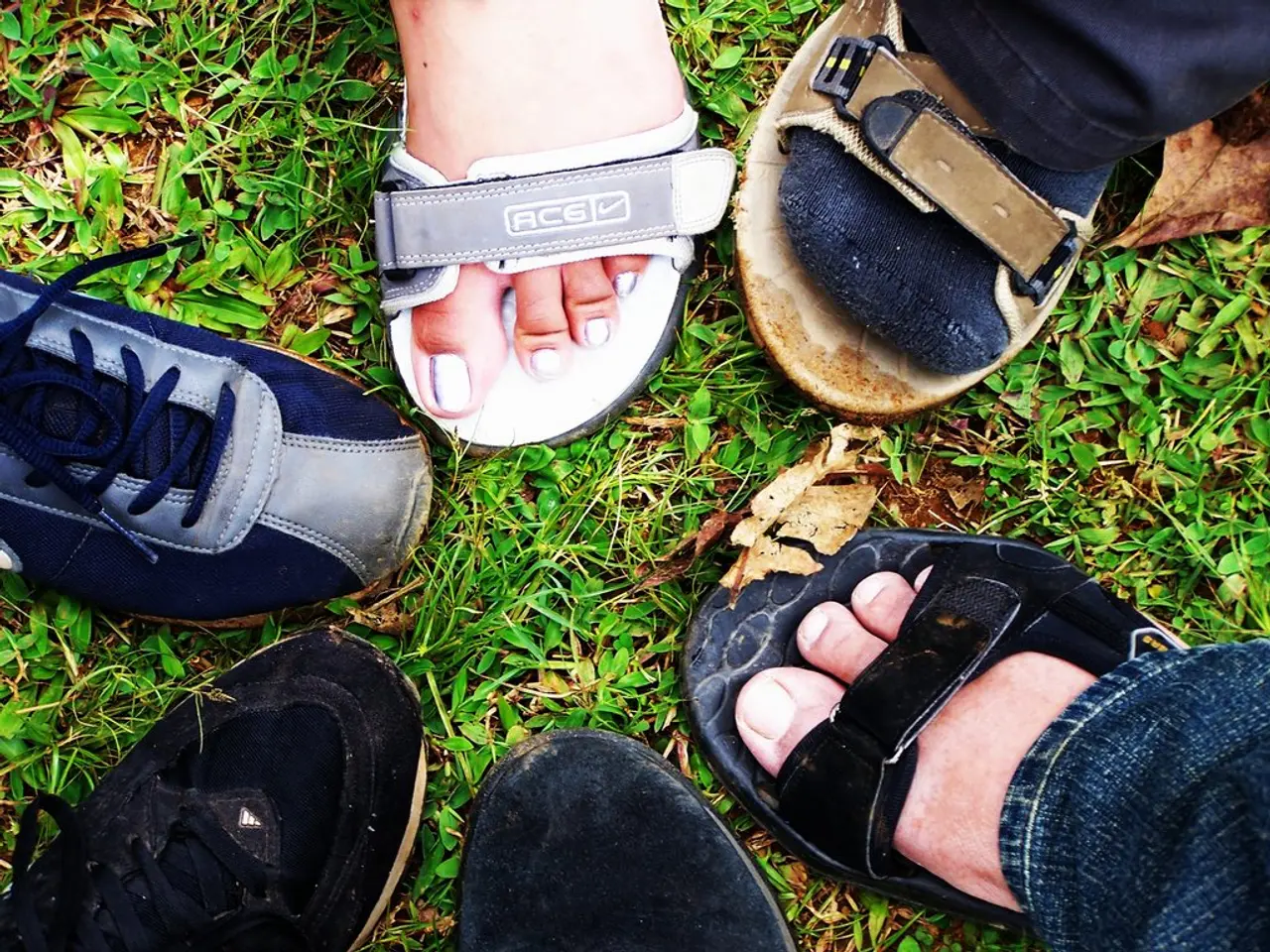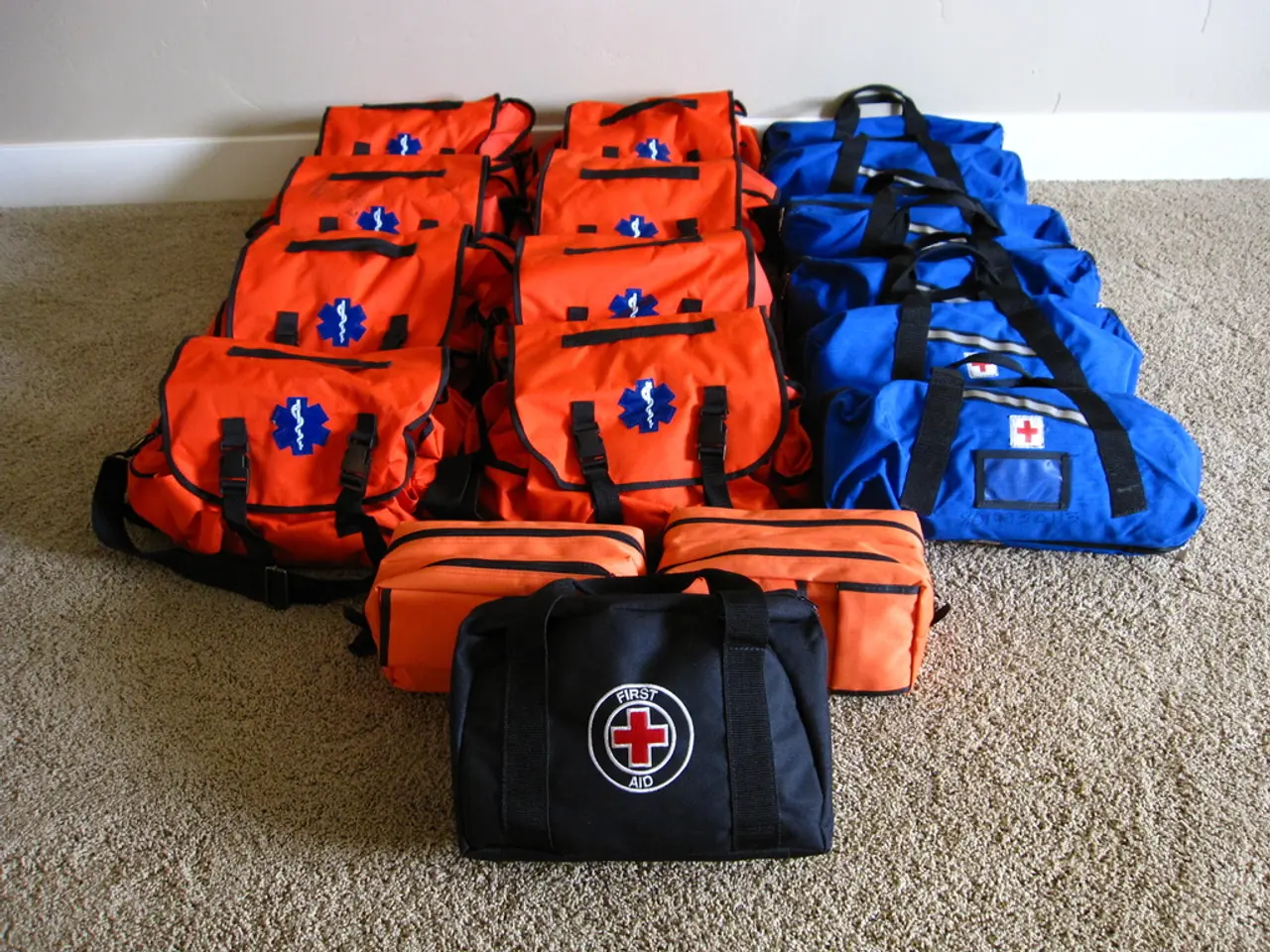Mold Allergies: Identifying Symptoms, Understanding Causes, Seeking Treatment, and Answering Common Questions
Mold, a type of fungus, is prevalent in both indoor and outdoor environments. Even the cleanest spaces can harbour mold spores, which can trigger allergic reactions in sensitive individuals.
Exposure to high amounts of mold or contaminated humidifiers and air ducts can lead to severe allergic reactions, such as anaphylaxis, a life-threatening condition. Symptoms of anaphylaxis include hives, swelling of the face or mouth, wheezing, fast, shallow breathing, a fast heart rate, clammy skin, anxiety or confusion, dizziness, vomiting, blue or white lips, fainting or loss of consciousness. In such cases, it is crucial to check whether the person is carrying an epinephrine pen, dial 911 or the number of the nearest emergency department, assist the person in moving from a sitting position to lying down, and stay with them until the emergency services arrive.
Allergic alveolitis, a serious lung disease, can also be caused by mold exposure and humidifiers containing spores. Atopic diseases, including asthma and rhinitis, may develop following exposure to mold during the early years of childhood.
Several common types of mold that can cause allergy symptoms include Alternaria, Aspergillus, Cladosporium, Penicillium, Malassezia, and Stachybotrys. These molds produce allergenic proteins that trigger respiratory symptoms such as sneezing, runny nose, itchy eyes, coughing, and can exacerbate asthma. Additionally, some molds like Malassezia can cause skin inflammation and reactions such as eczema.
- Alternaria alternata is common in outdoor air, often in dry or warm regions, and is known to trigger asthma attacks.
- Aspergillus fumigatus is found in decaying organic matter and can cause allergic bronchopulmonary aspergillosis.
- Cladosporium herbarum is found on plants, carpets, and textiles indoors.
- Penicillium chrysogenum is a common indoor mold, found especially in water-damaged buildings.
- Malassezia species are naturally present on human skin and are associated with dandruff and seborrheic dermatitis, but can also trigger respiratory symptoms.
- Stachybotrys (black mold) is usually found in severely water-damaged areas and can cause allergic reactions.
Minimizing exposure to mold is the best way to reduce symptoms. Reducing indoor humidity and mold growth can help manage allergy symptoms. Humidity levels should be kept below 60% if possible. Vinegar can be used to remove mold patches from walls due to its acidic properties.
Immunotherapy shots, recommended by a doctor, can reduce allergy symptoms by exposing the body to small doses of the mold that is causing symptoms, enabling the immune system to build up a natural defense. Antihistamines and corticosteroid medications, available over the counter, may help with allergy symptoms related to mold. However, it is essential to consult a healthcare professional before taking any new medication.
In case of high mold counts in the local area, it is advisable to stay indoors and shower afterward to reduce exposure. Mold can cause symptoms of allergy and asthma, including sneezing, itchiness, watery eyes, runny nose, blocked nose, shortness of breath, wheezing, chest tightness.
By understanding the common types of mold and taking preventative measures, individuals can manage mold allergies and maintain a healthier living environment.
- Scientific studies show that chronic exposure to mold can lead to chronic diseases and respiratory conditions, such as allergic alveolitis, asthma, and rhinitis.
- Mental health can also be affected by mold exposure, as the constant presence of mold spores can trigger allergies and related symptoms like anxiety and confusion.
- CBD, a non-psychoactive compound found in cannabis, has been investigated for its potential therapeutic effects in the treatment of allergies and inflammation caused by mold exposure.
- Skin-care products incorporating CBD may help alleviate symptoms of skin inflammation and reactions caused by mold, such as eczema.
- Therapies and treatments for mold allergies vary from immunotherapy shots, which build up natural defenses against mold exposure, to over-the-counter medications like antihistamines and corticosteroids for symptom relief.
- Adopting a fitness and exercise regimen, in conjunction with maintaining good mental health, can overall strengthen the immune system and improve the body's ability to combat mold allergies.




